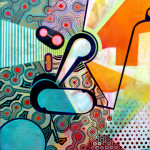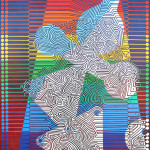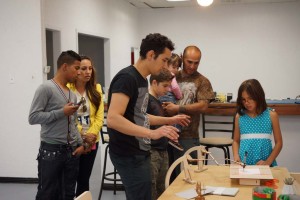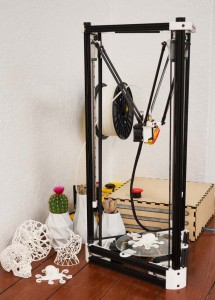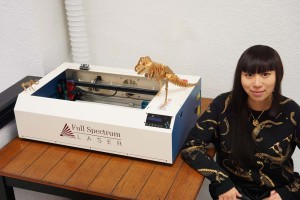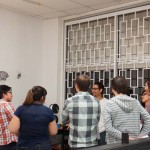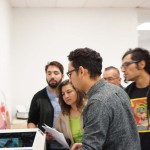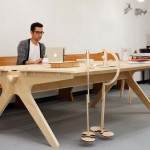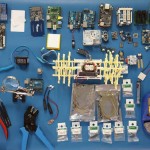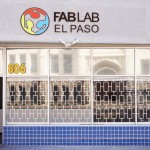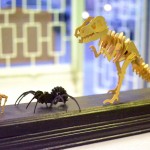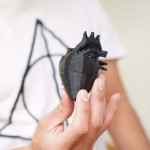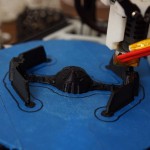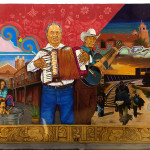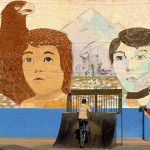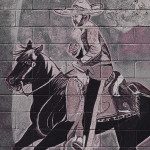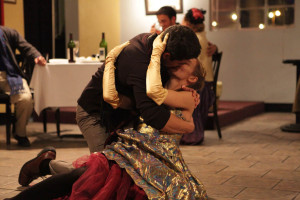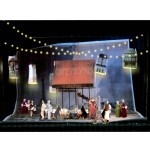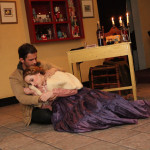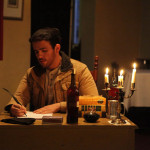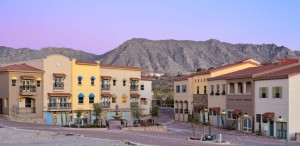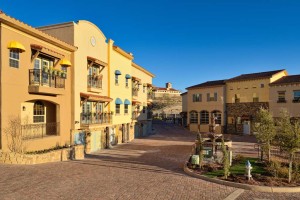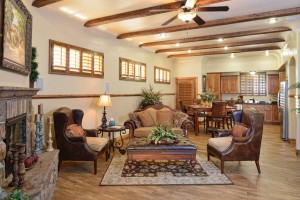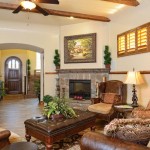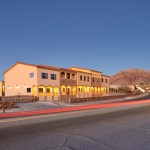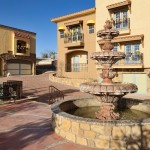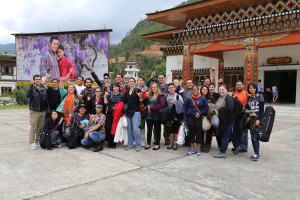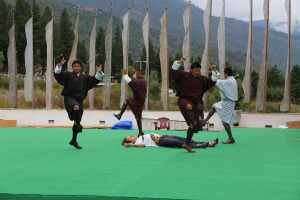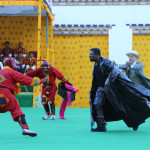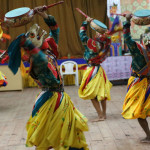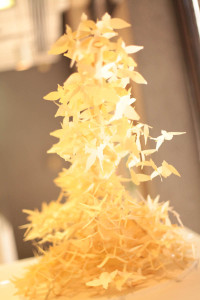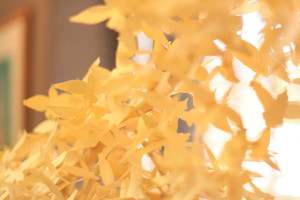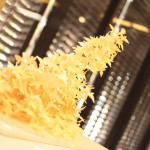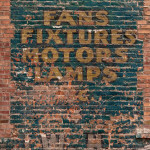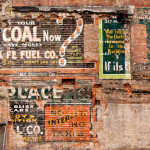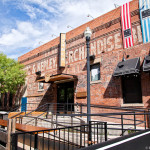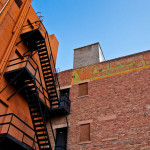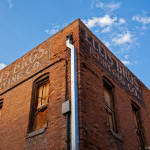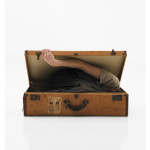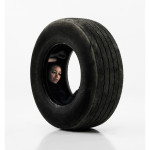Fran Santelli
By Kimberly Rene’ Vanecek
Additional Research by Melissa Castro
For an artist who never thought she could paint and retreated to decorating fingernails, Fran Santelli, a UTEP graduate, is making waves throughout the art world with her psychedelic paintings. Her work is in homes and offices in Germany, South America and throughout the U.S. She’s been the Artist on Art at The El Paso Museum of Art and is embarking on a move to Santa Fe, New Mexico to work with other budding artist.
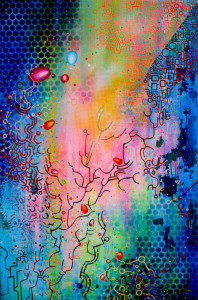
You started designing when you were a child creating your own toys?
Yes! I made my own jewelry, toys and even Barbie dolls. It was a natural progression. The first time I tried to paint I used that thick paint in the tubes. I was so unfamiliar with it. I was not good, so I forgot about it and started to paint on fingernails.
Fingernails, that’s a big transition.
It was natural to try something else and before I knew it, my designs were becoming more and more intricate. It took me a while. I got to a point where I was buying all the brushes for fingernail paint when I realized, yeah, I can probably paint.
How would you describe your style of art?
Right now I would say my work is a combination of hard edge painting with a touch of optical art, mixed with a bit of abstract expressionism. I use acrylics and spray paint.
Op art usually deals with black and white colors yet you have chosen to work with psychedelic hues.
I love bright colors! They are pure-colors that have been boiled down to their essence. It’s the same reason I lean towards geometric shapes. I also like the way they remind me of toys, giving a feeling of childhood playfulness. Also when juxtaposed their contrast is intensified. I want the work to be intensely colorful giving it a cheerful alive look, if that makes sense. So when you place opposite colors together there is an intense vibration
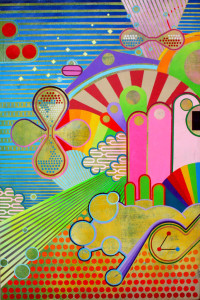
There is a lot of detail to your work; it must take some time to complete a piece with so many fine points?
I get into it. There is something so meditative and I like letting it flow. It takes a while in part for technical reasons. It’s done in layers. I have to do each of the bars of color followed by a drying process in the layers. First I do the bars of color, after that the shapes. Sometimes it’s surprisingly fast. I would have to guesstimate probably a month.
Can you focus on one piece at a time?
No. I usually work on three paintings at a time. Part of the reason is because there are layers drying on one painting and I don’t want to be there twiddling my fingers.
Being comfortable with your art can be a journey. How long has it taken you, or are your secure in your style?
I probably wasn’t until 2008. School really helped me. I had an art professor named Jim Quinnan who was so awesome. I have a tendency to have Obsessive-Compulsive Behavior with my art. I will be very tight and controlled with it, which I love, and he helped me pull something out of that OCD. I was very visceral and I would let the paint drip; that has become part of my signature. It’s something organic, uncontrolled, spontaneous and loose but mixed with something more controlled.
You are scheduled to leave for Santa Fe, New Mexico soon?
Yes, I want to try the art scene up there and create some prospects for myself. I want to see if I can collaborate with other artists. I traveled there recently and now have a new favorite artist, Oli Sihvonen
To learn more, go to: fsantelli.com
Photographs courtesy of the artist



